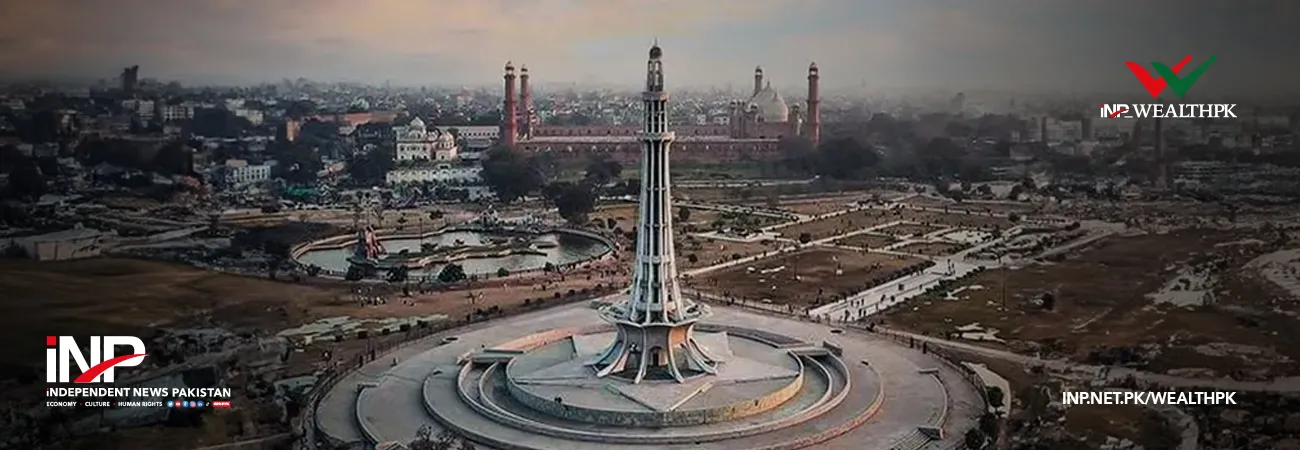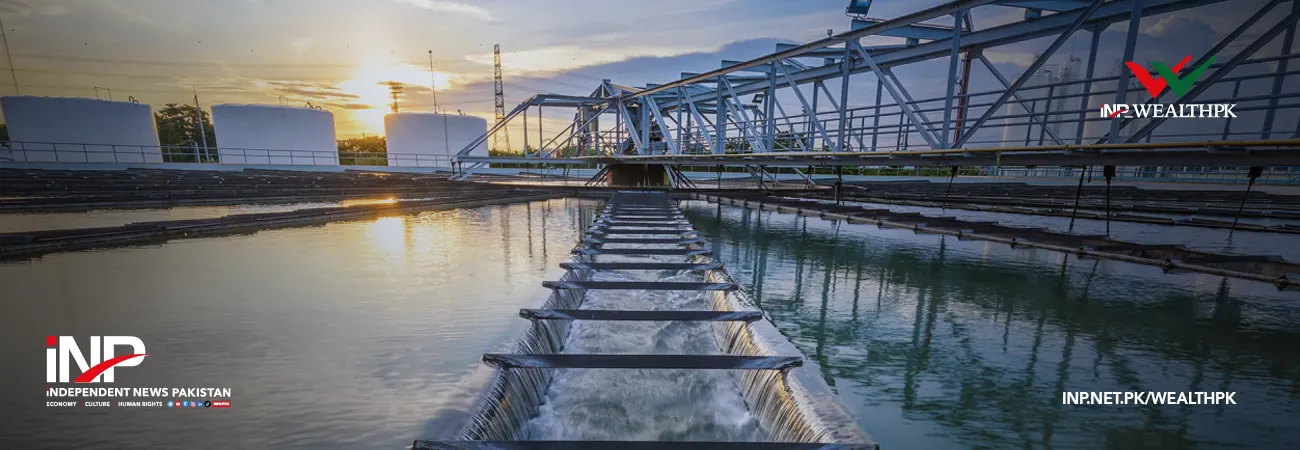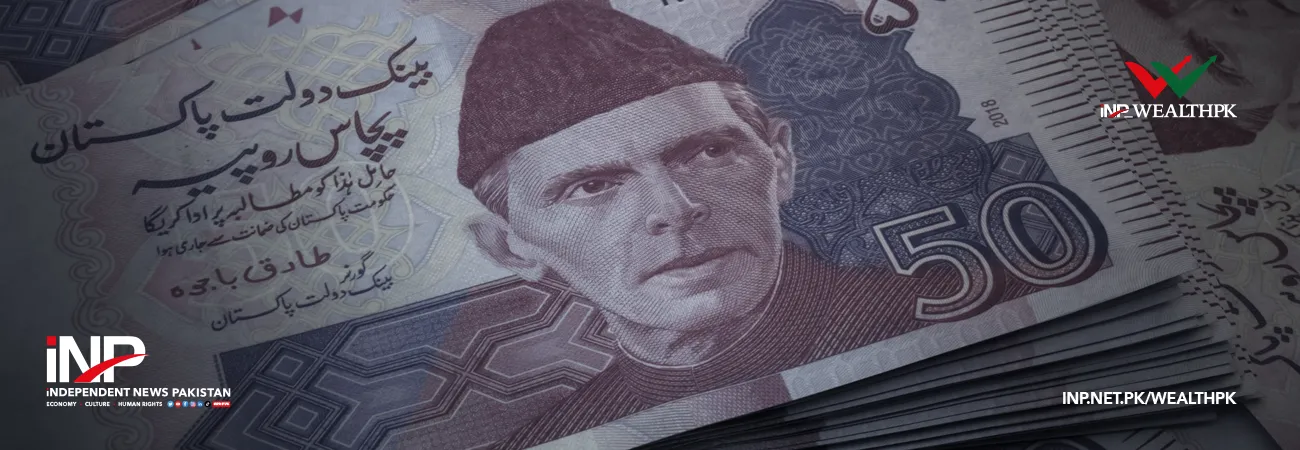INP-WealthPk
Farooq Awan
Successive gas tariff hikes during fiscal years 2023 and 2024 have sharply increased the cost of energy for both industrial and household consumers, accelerating Pakistan’s transition toward solar-based power solutions. The steep revisions in gas prices, introduced under energy-sector reforms tied to the International Monetary Fund programme, were aimed at reducing the circular debt burden but have instead created affordability challenges that are forcing consumers to seek alternative energy sources.
According to the Pakistan Energy Market Review 2025 by Renewables First, natural gas tariffs rose by as much as 193 percent for several industrial categories during FY24, while domestic consumers faced increases of up to 150 percent depending on their consumption slab. The review observed that these extraordinary price adjustments were necessary to reflect the actual cost of imported liquefied natural gas (LNG) blended into the system and to address long-standing tariff under-recoveries that have left gas utilities financially strained.
However, the sharp escalation in energy costs has significantly impacted competitiveness, household budgets, and overall demand. For industrial and commercial users, the tariff surge eroded margins and reduced production capacity. Many export-oriented factories and large manufacturing units reported scaling down operations due to unaffordable gas bills. The report said industries in Punjab and Khyber Pakhtunkhwa, primarily served by Sui Northern Gas Pipelines Limited (SNGPL), faced the steepest cost increases as they rely heavily on imported regasified LNG.
As a result, several manufacturing clusters have shifted toward hybrid and solar power systems to maintain operations, while others have curtailed production to avoid losses. In the commercial sector, smaller enterprises and retail chains have also been compelled to reduce gas consumption and invest in electric and solar heating alternatives. According to the review, energy-intensive businesses such as restaurants, bakeries, and textile units in urban centers have been disproportionately affected, with many reporting a decline in output or switching partially to solar to remain competitive.
Household consumers have similarly felt the impact of higher gas tariffs, particularly in urban areas where piped gas is the main source for cooking and heating. The new tariff structure introduced higher rates for non-protected consumers those exceeding 0.25 hundred cubic meters per month raising their bills by up to 150 percent compared to the previous year. In contrast, protected consumers using smaller quantities experienced smaller increases.
The report said that middle-income households bore the brunt of these changes, with many reducing consumptions or switching to solar water heaters and electric cooking devices to manage expenses. The report detailed that the steep rise in gas prices was part of the government’s broader effort to align domestic tariffs with the weighted average cost of gas (WACOG). This includes both indigenous gas and imported LNG, which costs nearly three times more.
By mid-2024, the LNG share in Pakistan’s total gas supply had reached 28 percent, with regasified LNG distributed to domestic and industrial users through SNGPL and Sui Southern Gas Company Limited (SSGC). The higher import costs, combined with currency depreciation, made cost-recovery reforms unavoidable but socially and economically painful. The review noted that gas consumption has been declining for three consecutive years as a result of these pricing pressures.
In FY24 alone, indigenous natural gas consumption by domestic users fell by 4 percent, while industrial use dropped for the third straight year. Power sector consumption also declined by 22 percent as gas-fired plants operated below capacity, and fertilizer feedstock consumption rose modestly by 7 percent to sustain urea production. The overall decline underscored how rising tariffs and constrained supply have reshaped Pakistan’s energy consumption pattern.
Although the reforms were intended to improve the financial sustainability of gas utilities and reduce circular debt, the unintended consequence has been a rapid and unplanned shift toward solar and electric energy. Industrial users in particular have accelerated investment in solar rooftops and captive hybrid systems to hedge against future tariff shocks. The proliferation of distributed solar energy has started to alter the structure of the gas and power sectors by reducing reliance on fossil-based fuels.
The study pointed out that the solar transition has gained policy support from both provincial and federal governments. Incentives such as net metering, zero customs duty on solar imports, and concessional financing for renewable installations have further encouraged consumers to move away from piped gas. However, the report cautioned that while the shift to solar enhances sustainability, it also presents new regulatory and financial challenges for utilities whose revenues depend on volumetric sales.
The report added that rising tariffs have also contributed to inflationary pressures, especially in urban centers. Higher gas and power costs have pushed up production expenses for consumer goods, compressing disposable incomes and affecting overall economic activity. The government’s attempts to balance cost recovery with social protection remain limited, as subsidy targeting and efficiency improvements are still in early stages.
According to the Pakistan Energy Market Review 2025 by Renewables First, Pakistan’s gas sector stands at a turning point where long-delayed pricing corrections have finally begun to reflect actual costs, but at the expense of affordability and competitiveness. The challenge ahead will be to sustain these reforms while expanding access to more affordable and environmentally friendly alternatives. The continued rise of solar installations, both in industry and households, marks a significant structural shift in Pakistan’s energy landscape as consumers seek relief from expensive and unreliable fossil fuel supplies.

Credit: INP-WealthPk












